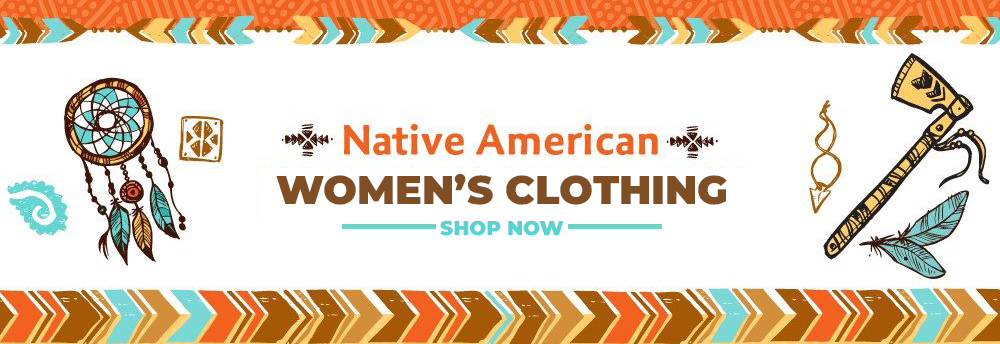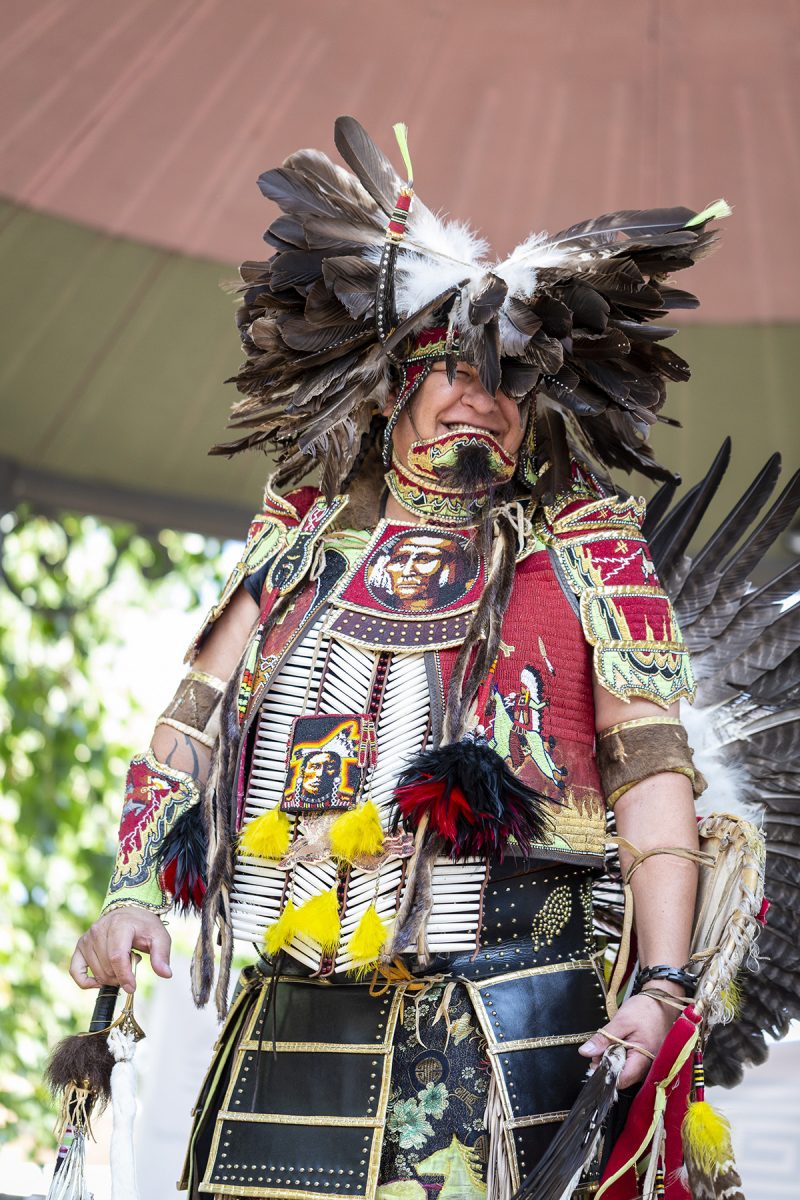In the intricate tapestry of Native American cultures, every tribe carries its distinctive attract and heritage. Among them, the Cherokee stand out, not only for their wealthy historical past and contributions to American society but additionally for the striking magnificence that has captivated observers for generations. Revered as some of the aesthetically charming Native American tribes, the Cherokee's bodily features, adorned with distinctive attire and adorned with cultural significance, evoke a sense of timeless class. In this exploration, we delve into the grace and attract of the Cherokee, celebrating their indelible mark on both their very own heritage and the broader narrative of Native American history.
Cherokee most stunning native american tribe
The Cherokee, pronounced /ˈtʃɛrəkiː, ˌtʃɛrəˈkiː/, identified in their own language as Aniyvwiyaʔi or Anigiduwagi, or in Cherokee script as ᏣᎳᎩ (Tsalagi), are an indigenous folks native to the Southeastern Woodlands of the United States. Before the 18th century, they primarily inhabited their homelands in towns situated alongside river valleys spanning modern-day southwestern North Carolina, southeastern Tennessee, southwestern Virginia, the edges of western South Carolina, northern Georgia, and northeastern Alabama.
Linguistically, the Cherokee language belongs to the Iroquoian language group. In the 19th century, American ethnographer James Mooney documented an oral tradition suggesting the tribe's migration southward from the Great Lakes region, an space additionally inhabited by other Iroquoian peoples. However, anthropologist Thomas R. Whyte, writing in 2007, posits a good earlier cut up amongst these peoples. native american style clothing proposes that the proto-Iroquoian language probably originated in the Appalachian area, and the division between Northern and Southern Iroquoian languages commenced round 4,000 years in the past.
By the 19th century, White American settlers categorized the Southeastern Cherokee as one of many "Five Civilized Tribes" within the area. They had adopted agrarian practices, established permanent villages, and started assimilating certain cultural and technological components from the European settlers. Additionally, they developed their own writing system.

Presently, three Cherokee tribes maintain federal recognition: the United Keetoowah Band of Cherokee Indians (UKB) in Oklahoma, the Cherokee Nation (CN) in Oklahoma, and the Eastern Band of Cherokee Indians (EBCI) in North Carolina. The Cherokee Nation boasts a tribal membership exceeding 300,000, making it the most important among the 574 federally acknowledged tribes in the United States. Furthermore, a considerable number of individuals declare Cherokee lineage, though most are not enrolled members of any tribe. Over 819,000 people are estimated to identify as having Cherokee ancestry on the united states census.
Among the three federally recognized Cherokee tribes, both the Cherokee Nation and the UKB are headquartered in Tahlequah, Oklahoma, with a majority of their members residing within the state. The UKB predominantly consists of descendants of "Old Settlers," also called Western Cherokee, who migrated from the Southeast to Arkansas and Oklahoma round 1817, previous to the Indian removals. They share ancestry with the Cherokee forcibly relocated to the area within the 1830s underneath the Indian Removal Act. The Eastern Band of Cherokee Indians is located on land known as the Qualla Boundary in western North Carolina. They are primarily descendants of ancestors who resisted or evaded relocation, selecting to stay in the space. Due to relinquishing tribal membership at the time, they obtained state and U.S. citizenship. In the late nineteenth century, they reconstituted as a federally recognized tribe.


Appearance of the Cherokee
The Cherokee, like many Native American tribes, displayed a diverse vary of physical options. Their appearance was influenced by varied elements, including genetics, environment, and cultural practices. Generally, Cherokee people exhibited a large spectrum of physical traits. Some had prominent cheekbones, straight black hair, and almond-shaped eyes, while others might have had different facial structures, hair types, and eye shapes. It's important to remember that there was no singular "look" for the Cherokee, as their appearance was as numerous as another human inhabitants.
Unique Aspects of the Cherokee
The Cherokee, as a Native American tribe, possessed a rich cultural heritage that set them aside. They had a fancy societal construction, a written language, and a well-organized system of governance. One notable facet was their syllabary, a writing system invented by Sequoyah within the early nineteenth century, which allowed them to record their language. This made the Cherokee one of the few Native American tribes with a written language, showcasing their adaptability and intellectual prowess.
Interactions with Native Americans
In phrases of interactions between different Native American tribes, it is difficult to make broad generalizations about which teams were "nicest" to every other. Native American tribes had complicated relationships, which could involve alliances, commerce, conflicts, and intermarriage. Such interactions had been influenced by various factors, together with shared cultural practices, territorial disputes, and exterior pressures from European colonizers. It is crucial to recognize that whereas some tribes shaped strong alliances, others might have had conflicts, reflecting the diverse and dynamic nature of Native American interactions.
Skin Color of the Cherokee
The pores and skin shade of people throughout the Cherokee tribe, as with all human inhabitants, various widely. Some Cherokee individuals had lighter skin tones, whereas others had darker tones. This variation was influenced by a spread of things together with genetics, environmental components, and solar exposure. It's essential to emphasise that there was vital diversity within the skin tones of Cherokee individuals, reflecting the broad spectrum of human variation inside the tribe.
